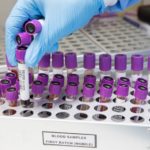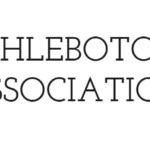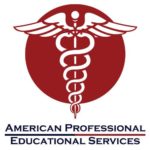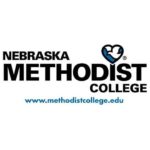Phlebotomists are medical professionals who specialize in drawing blood from patients. Their responsibilities include interviewing and preparing the patient for a safe and sterile blood draw.
Phlebotomists are trained in the use of specialized equipment and instruments so they can conduct their work. After drawing a sample of the patient’s blood, the phlebotomist labels the tube containing the sample for clear and reliable identification. It is then delivered to the laboratory for testing.

A patient’s blood work is one of the most important diagnostic tools in medicine, which makes the role of the phlebotomist a critical part of the healthcare system. From a blood sample physicians can evaluate a patient’s electrolyte status, check hemoglobin levels, identify or eliminate the presence of certain diseases, test drug levels and much more.
In addition to the necessary medical skills required for phlebotomy, you’ll need a steady hand and a sturdy constitution (some people are afraid of the sight of blood; others are terrified by needles). You’ll also need to follow proper safety and sanitary procedures and be in generally good health, as the work often involves being around people who are sick.
Among the rewards of a career in phlebotomy is the knowledge that your work is potentially life-saving. If a doctor orders a blood test, it’s for a very good reason.
Phlebotomists are the front line in helping physicians gain the information they need to make critical healthcare decisions about a patient’s treatment. A blood sample is absolutely necessary to identify underlying health concerns and conditions that a physical exam alone cannot reveal.
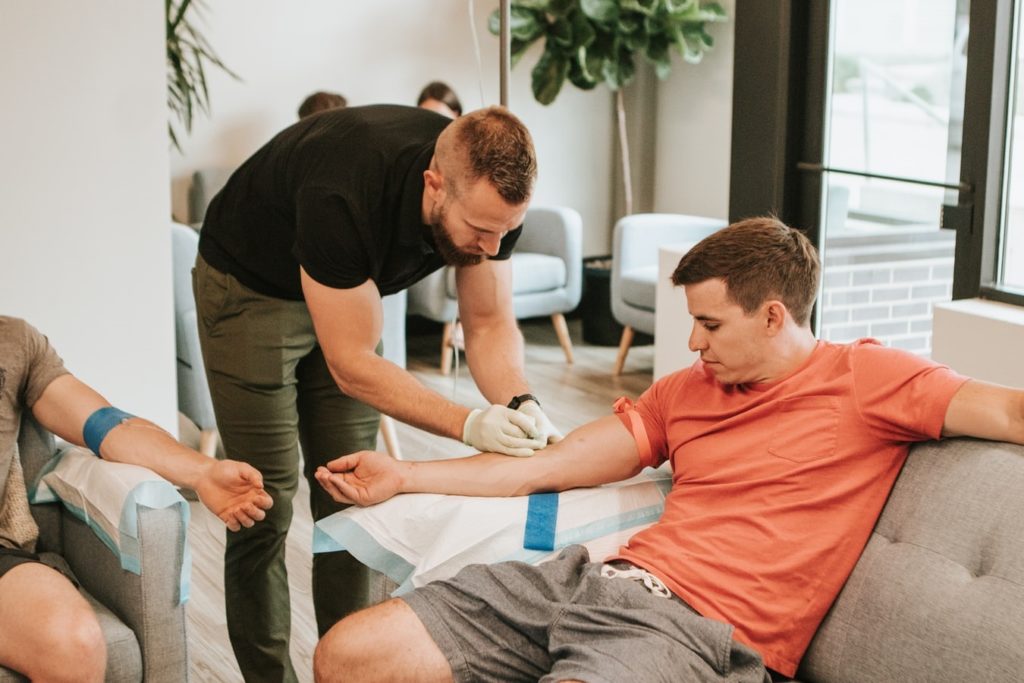
Blood testing is routinely used to screen for a huge range of diseases and conditions, including:
- Cholesterol levels
- Blood glucose levels
- Anemia
- Infections
- Leukemia (blood cancer)
- Sickle cell anemia
- HIV and STDs
- Hepatitis
- Allergies
- Genetic markers that may predict risk of specific diseases and conditions
- Prostate cancer
- Blood clotting disorders
- Thyroid disorder
- Liver function
You can see the role of phlebotomist is vitally important to a patient’s successful medical outcome. Read on to discover how you can become a part of the medical profession with a rewarding career as a phlebotomist.
In this article you’ll learn:
- How much money you can make as a phlebotomist
- The required training and certifications
- Professional groups to join
- Employment opportunities for phlebotomists
- Plus helpful tips
How much money can you make?
Phlebotomists make an average of $34,480 per year, according to the US Bureau of Labor Statistics. The top 10 percent, who typically have several years of experience, average closer to $50,000 annually.
Employment of phlebotomists is projected to grow 23 percent through 2028, much faster than the average for all occupations. Hospitals, diagnostic laboratories, blood donor centers, and other locations will need trained phlebotomists to perform blood work.
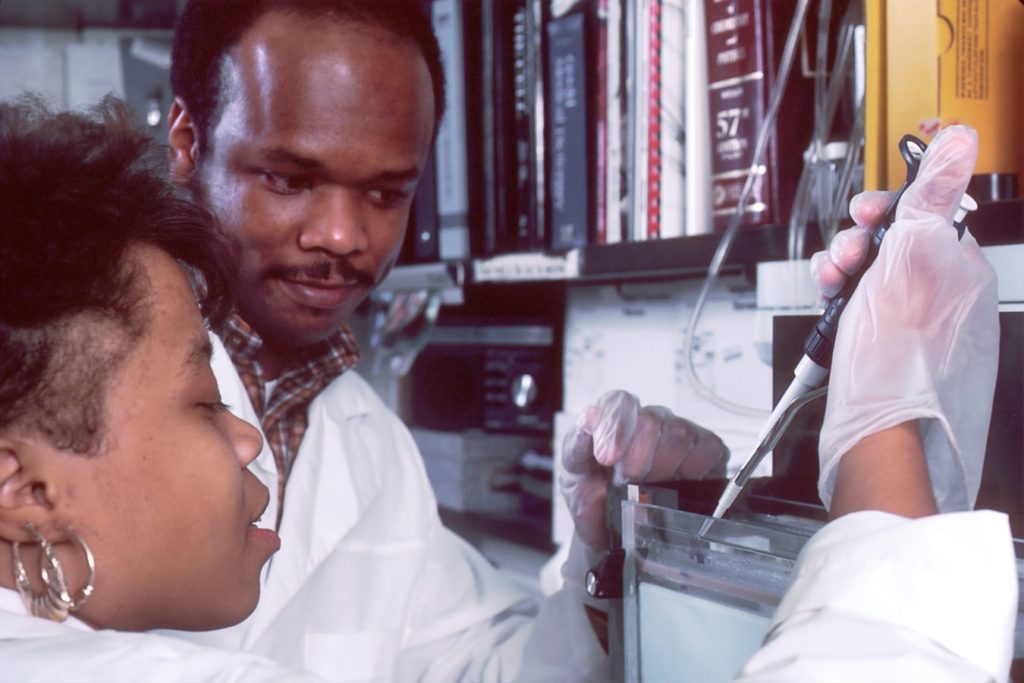
Training and Certification
Like all other medical professions, a license is required to perform phlebotomy. All states require a minimum of a high school diploma or GED in addition to phlebotomy training and licensure.
Phlebotomists with limited experience are only permitted to collect blood through skin punctures. If the individual has completed training to achieve Certified Phlebotomy Technician I, then she is allowed to perform venipuncture and skin puncture blood collection. The next level is certified Phlebotomy Technician II. A phlebotomist with this credential may perform skin and arterial punctures and venipunctures to draw and collect blood samples.
Training programs in phlebotomy do not automatically lead to certification. Students after their training must then pass an exam conducted by a certifying agency to obtain certification.
Some training programs are affiliated with certifying agencies or authorized by the state where they are located.
For efficiency and to ensure you get the best value from your training, look for an accredited or certified program. This ensures you will meet the requirements of the Clinical and Laboratory Standards Institute (CLSI) upon completion of your training. Phlebotomy programs are accredited by several different agencies, including the National Accrediting Agency for Clinical Laboratory Sciences (NAACLS) and the National Phlebotomy Association (NPA).
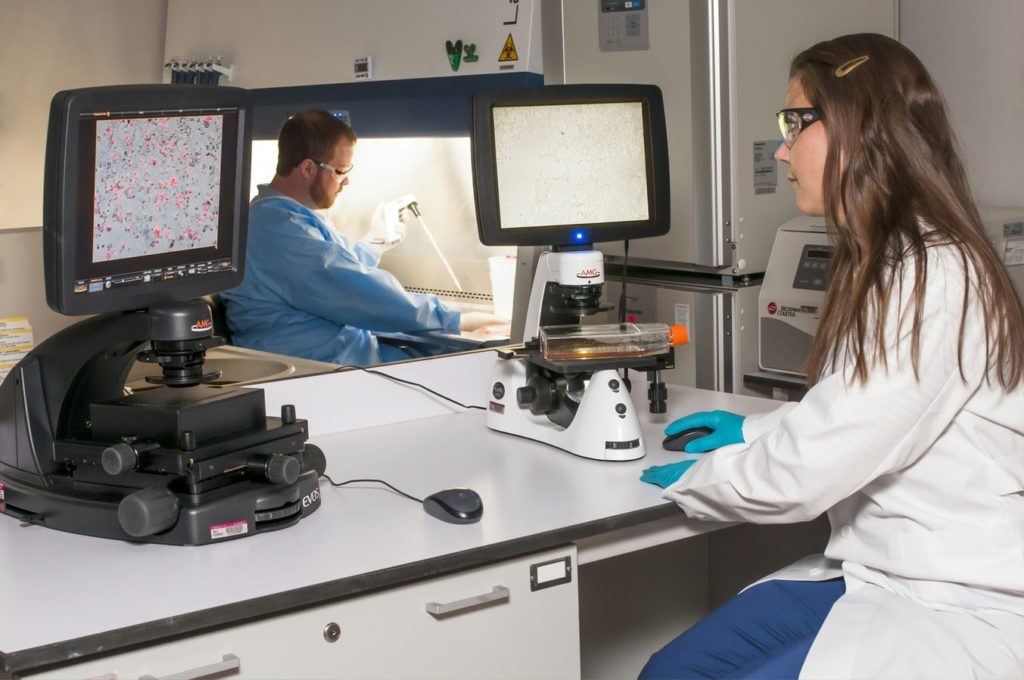
Here’s an extensive listing of phlebotomist training and certification programs for you to review and decide which might be best for your needs, depending on the state where you live.
What you’ll experience during training:
- Minimum of 40 Hours Lecture/lab
- Minimum of 100 Successful Venipunctures (blood draws involving veins) in class or at a clinical site
- Minimum of 10 Skin Punctures (Capillaries)
You’ll also study:
- Phlebotomy lab skills, such as venipuncture, urinalysis, and centrifuging and processing
- Diseases of the human body
- CPR and first aid
- Anatomy and physiology
- Assembly of the tools and equipment necessary for the procedure. This includes blood collection devices, needles, alcohol, gauze and bandages, and correct use of a tourniquet.
- The vital importance of verifying the identity of the patient and confirming medical records are correct.
- How to help the patient feel comfortable to foster a feeling of trust.
- How to bandage the punctured area, then label, record and deliver the collected sample to the lab.
Because of the prevalence of infectious diseases and other biohazards, handling blood in a medical setting is serious business and can be dangerous – even deadly – if performed incorrectly. This is why proper training is vital and phlebotomy licensing is mandatory.
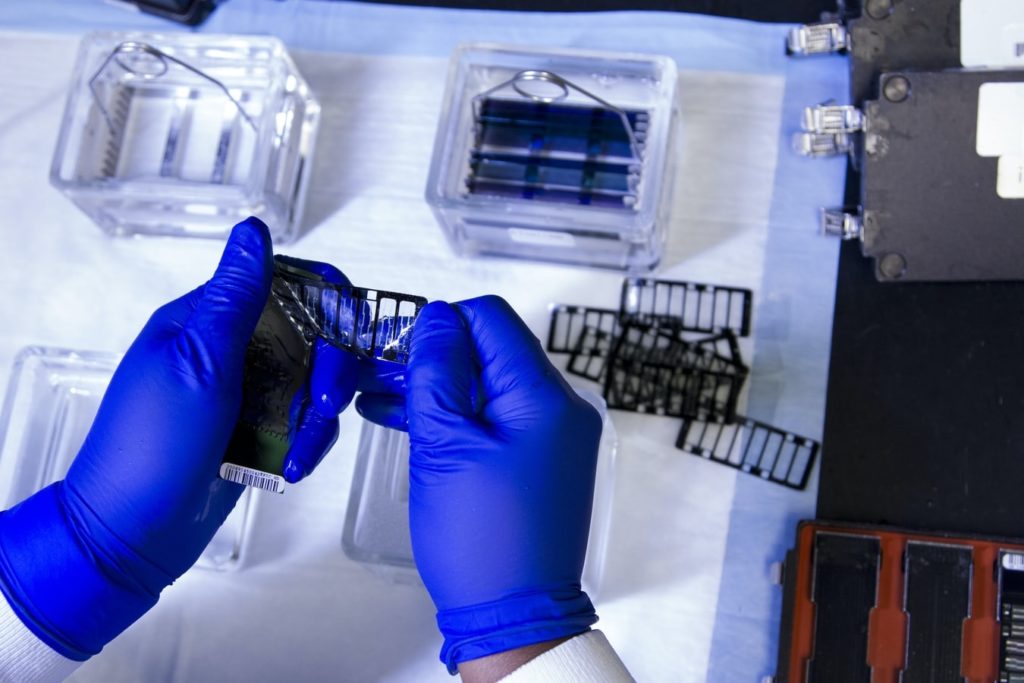
Professional Groups to Join
Joining a professional group is proof of your commitment to your career. Membership also comes with many benefits, including access to continuing education, networking with other phlebotomists (who may know of job openings) and the satisfaction of belonging to an organization dedicated to your professional interests and goals.
The American Phlebotomy Association is the premiere organization for professionals in this medical field, offering networking opportunities, continuing education, advocacy for the profession and more. Annual membership is currently $105.
This listing of professional associations for phlebotomists also covers many organizations that can be valuable in advancing your career.
Employment
Competition is ferocious in the field of phlebotomy. Pursue anything you can do to stand out from your peers and make yourself a more attractive candidate. Some phlebotomists also train to be a Certified Nursing Assistant, or CAN, which broadens their employment prospects. Because nurses and CNAs are almost always legally allowed to draw blood due to their training, you’ll be competing with them for open positions in addition to licensed phlebotomists.

Contact hospitals, larger private medical practices, public health clinics and any medical laboratories in your area. Blood donor services, mobile blood collection services and the Red Cross are additional potential sources of employment.
You’ll need copies of your résumé, training certifications and phlebotomy license, as well as good references, preferably from professionals working in the medical field.
While you should not overlook online job-hunting sites such as Indeed and ZipRecruiter, keep in mind that regulations for phlebotomists vary from state to state and licenses are generally not transferable. Still, moving to another state remains a good way to advance your career in the field of phlebotomy, as the pay tends to be better in major metropolitan areas and especially the larger hospitals.
Good to know
While obviously no substitute for the training you must complete to become licensed, the video below will provide a broad overview of a phlebotomist’s work and what you can expect in the job on a daily basis:
Best places to draw blood in the human body, according to licensed phlebotomists:
- Antecubital veins: These are located in the bend of the arm at the elbow. Most phlebotomists prefer the medial cubital or cephalic veins in this area for their accessibility and ease in drawing a blood sample.
- Hand veins: Patients often do not like this area because it is sensitive. However, if you cannot find an antecubital vein, hand veins are always an option.
- Forearm and wrist veins: These veins can be tricky for a blood draw because they run deep in the skin. However, many patients who have great cardiovascular fitness have readily accessible forearm and wrist veins.
If you enjoyed this article, check out some more great PocketSuite.io content that can help you grow your career as a phlebotomist. Here’s a great place to start.PocketSuite has thousands of business owners who all started where you are right now. Our community is always happy to help you ramp up, grow your client base, and achieve your income goals, both within the PocketSuite app and as part of our exclusive Facebook Community Group. PocketSuite’s vision is for any professional to be able to work for themselves and make a great living. It starts here. It starts with you. It starts today. Let’s get started, download PocketSuite now! Feel free to reach out with any questions (we’d love to hear from you)! Text us @ (415) 841-2300.


